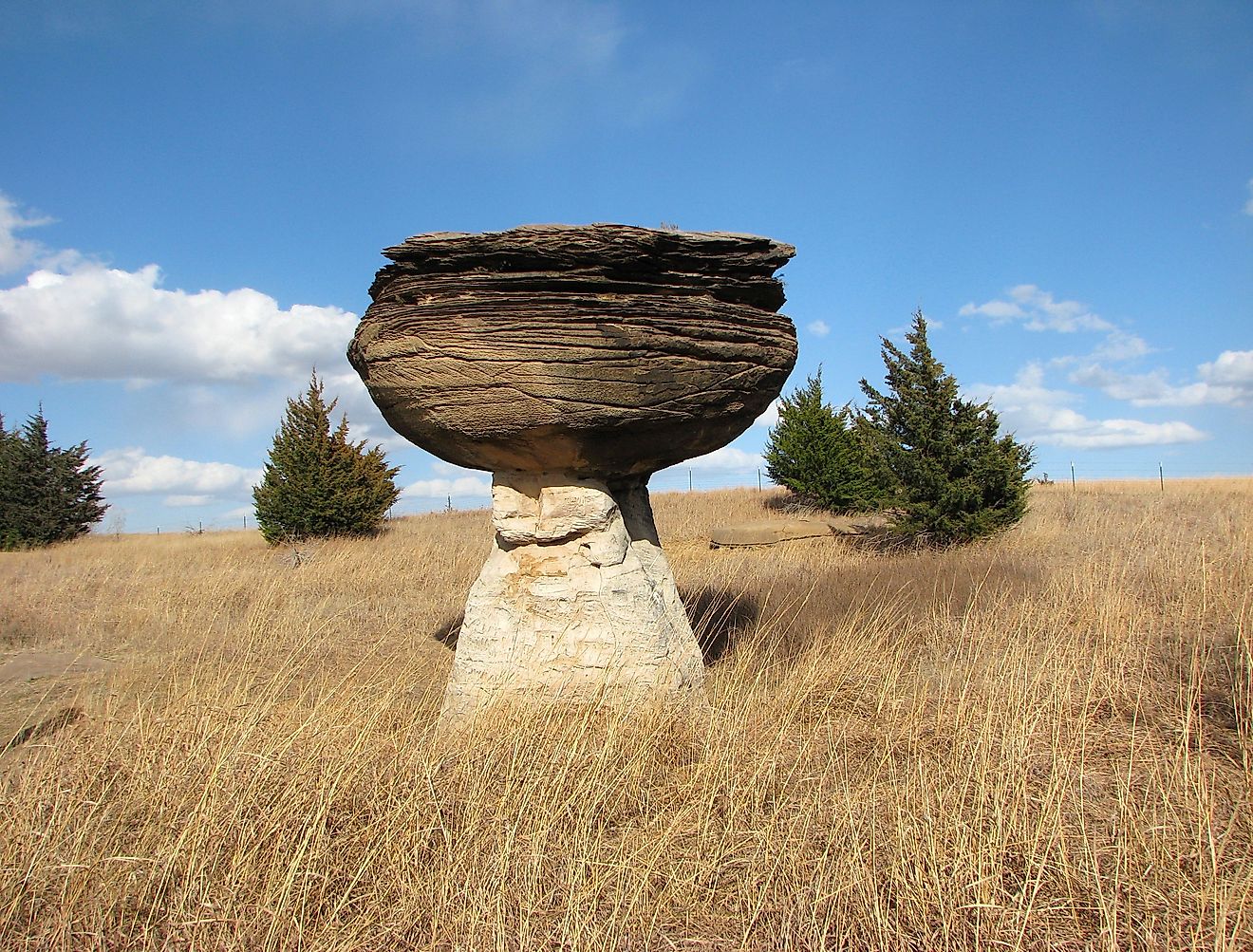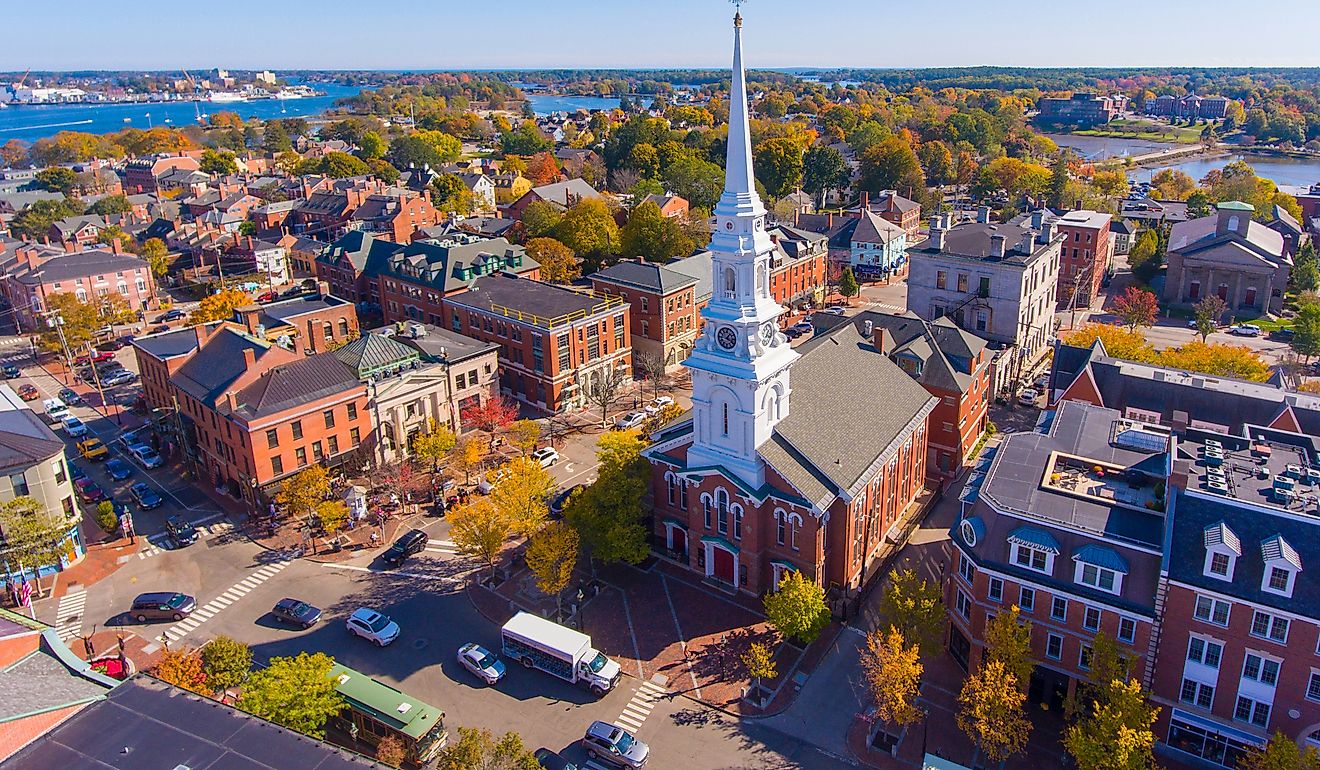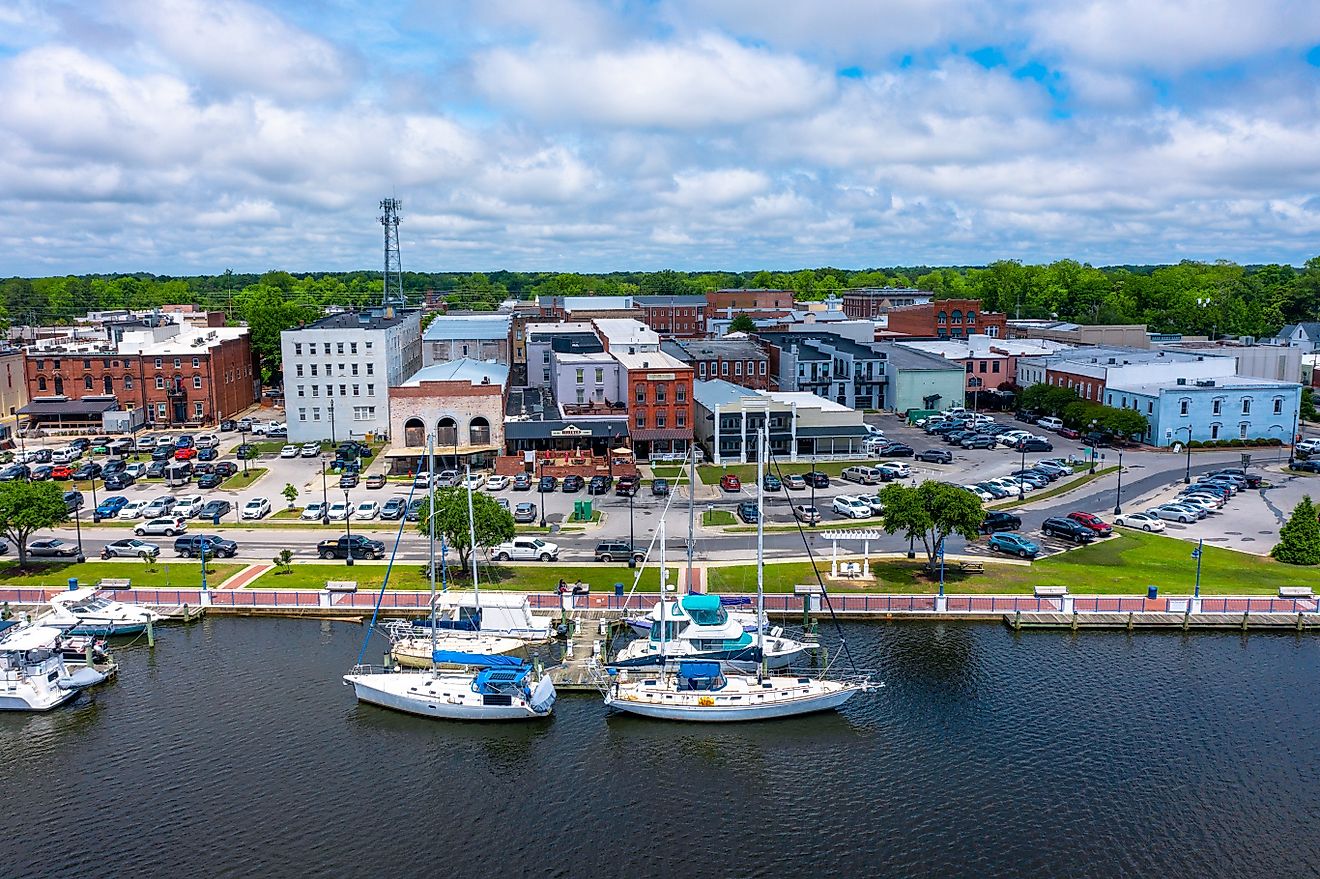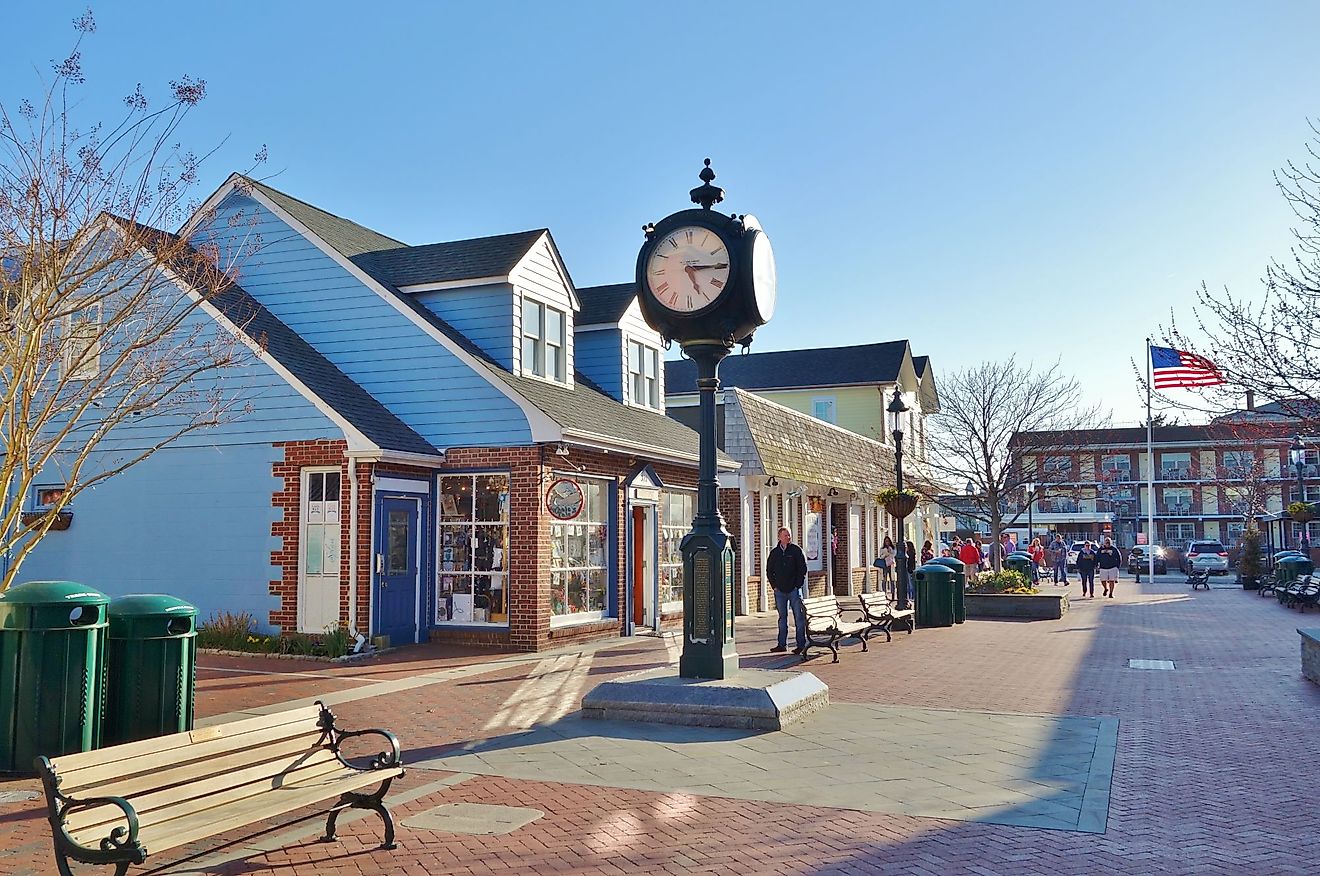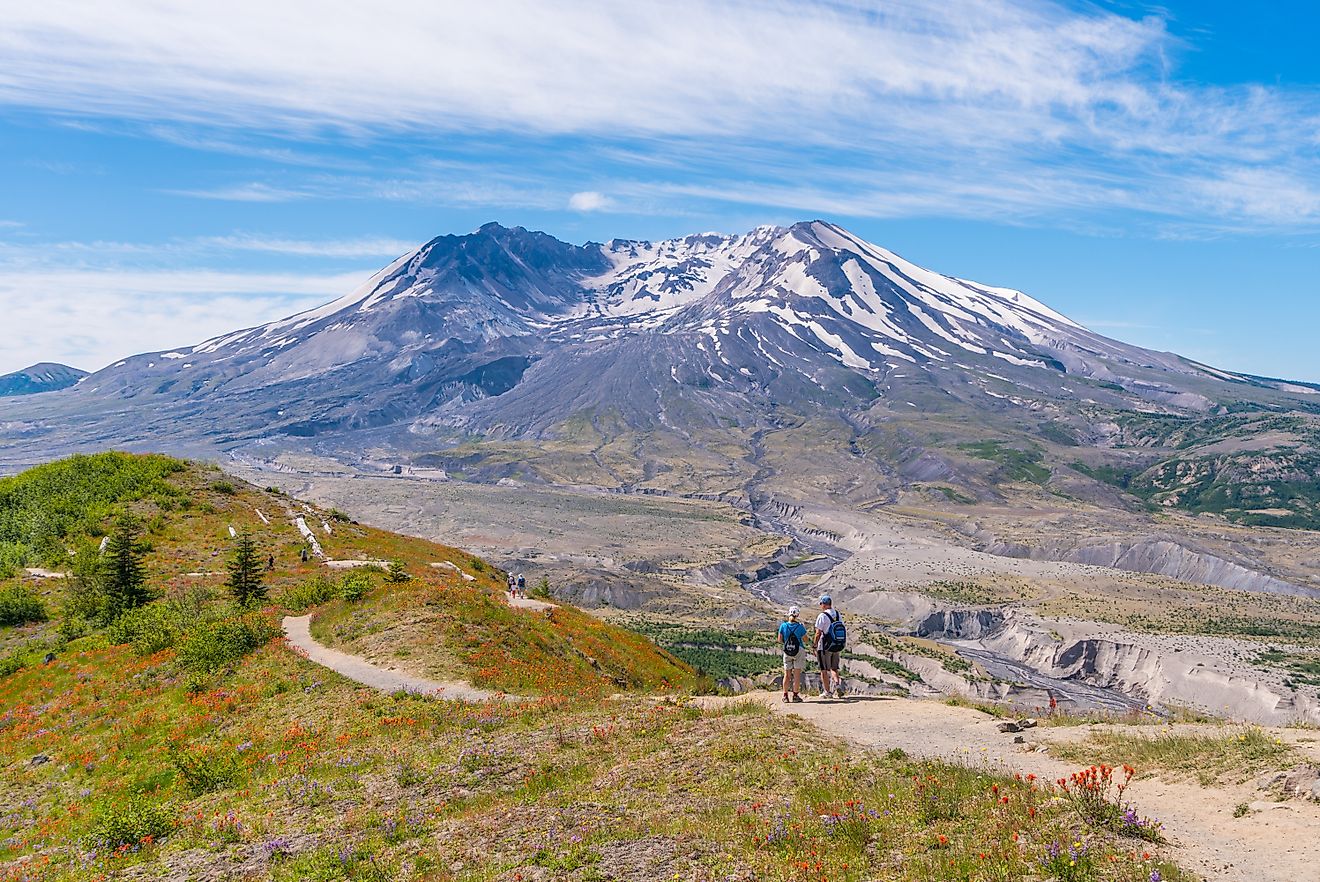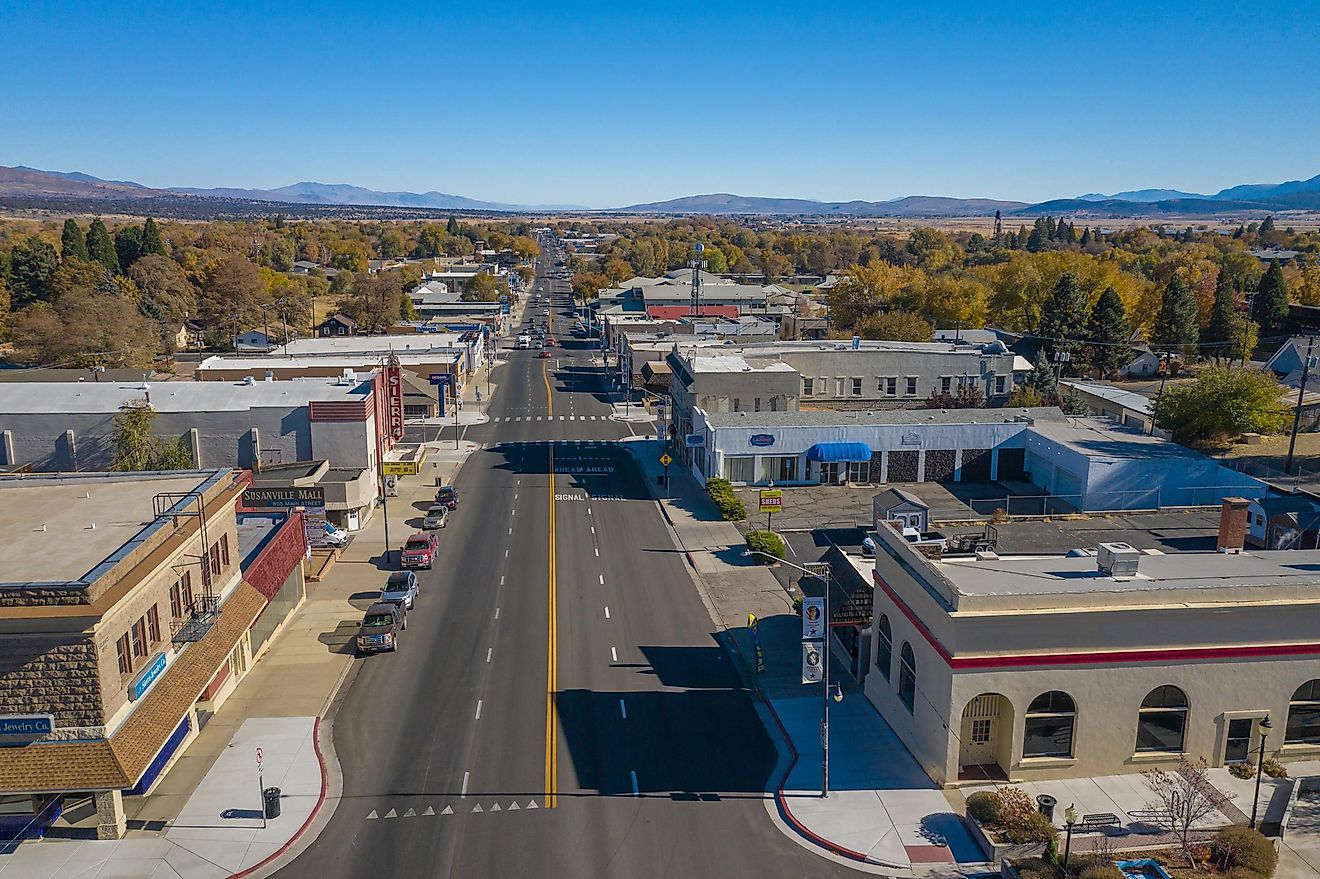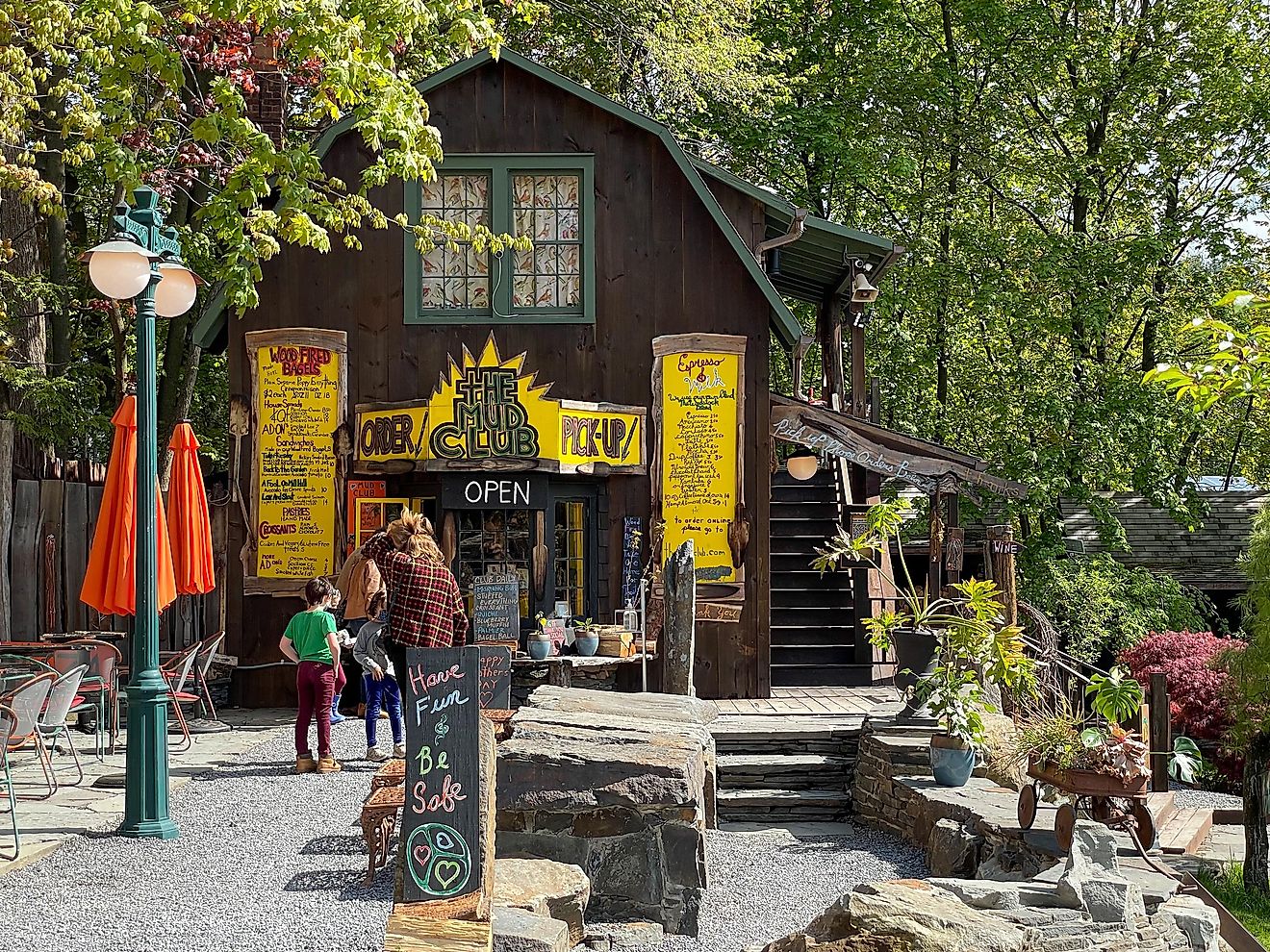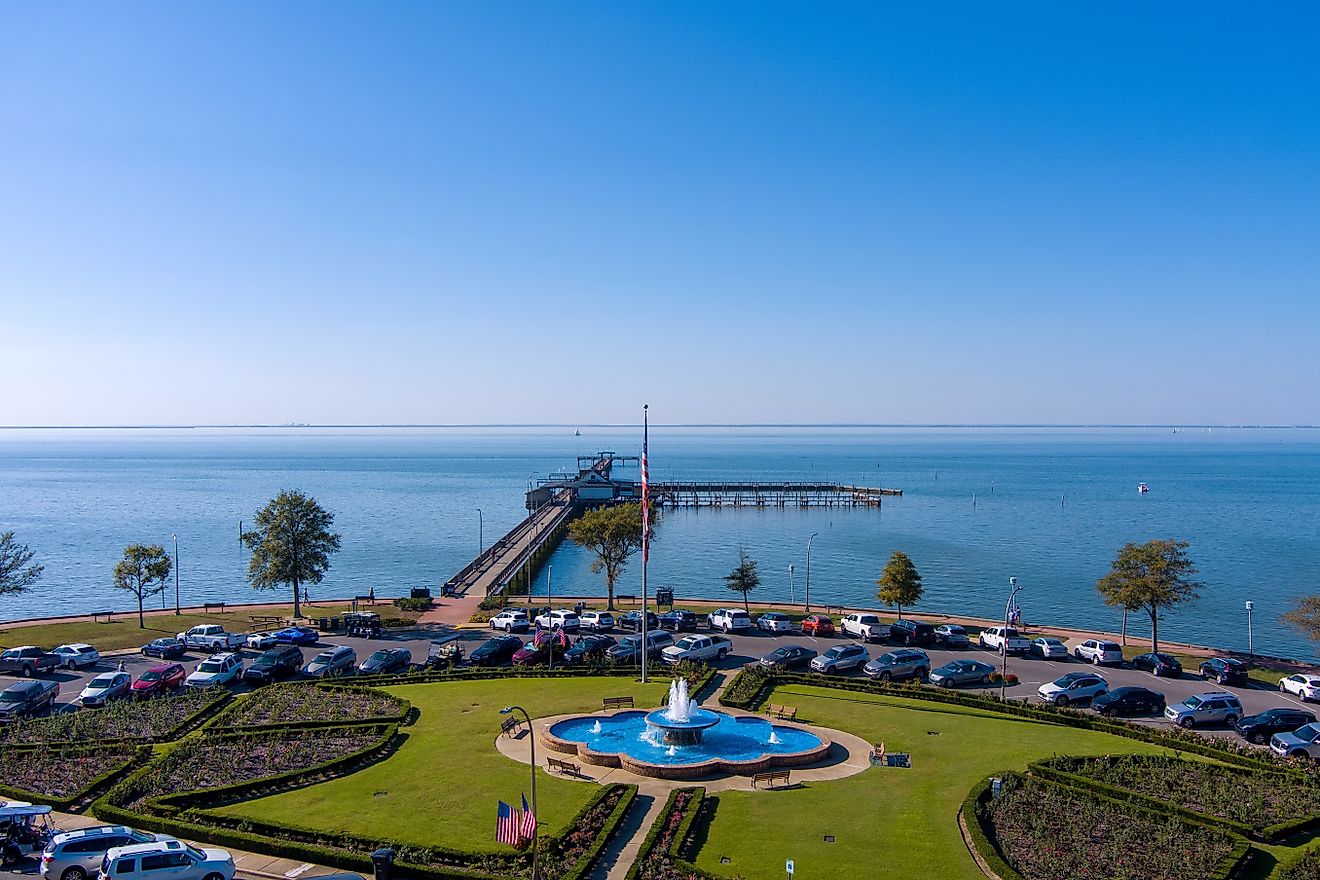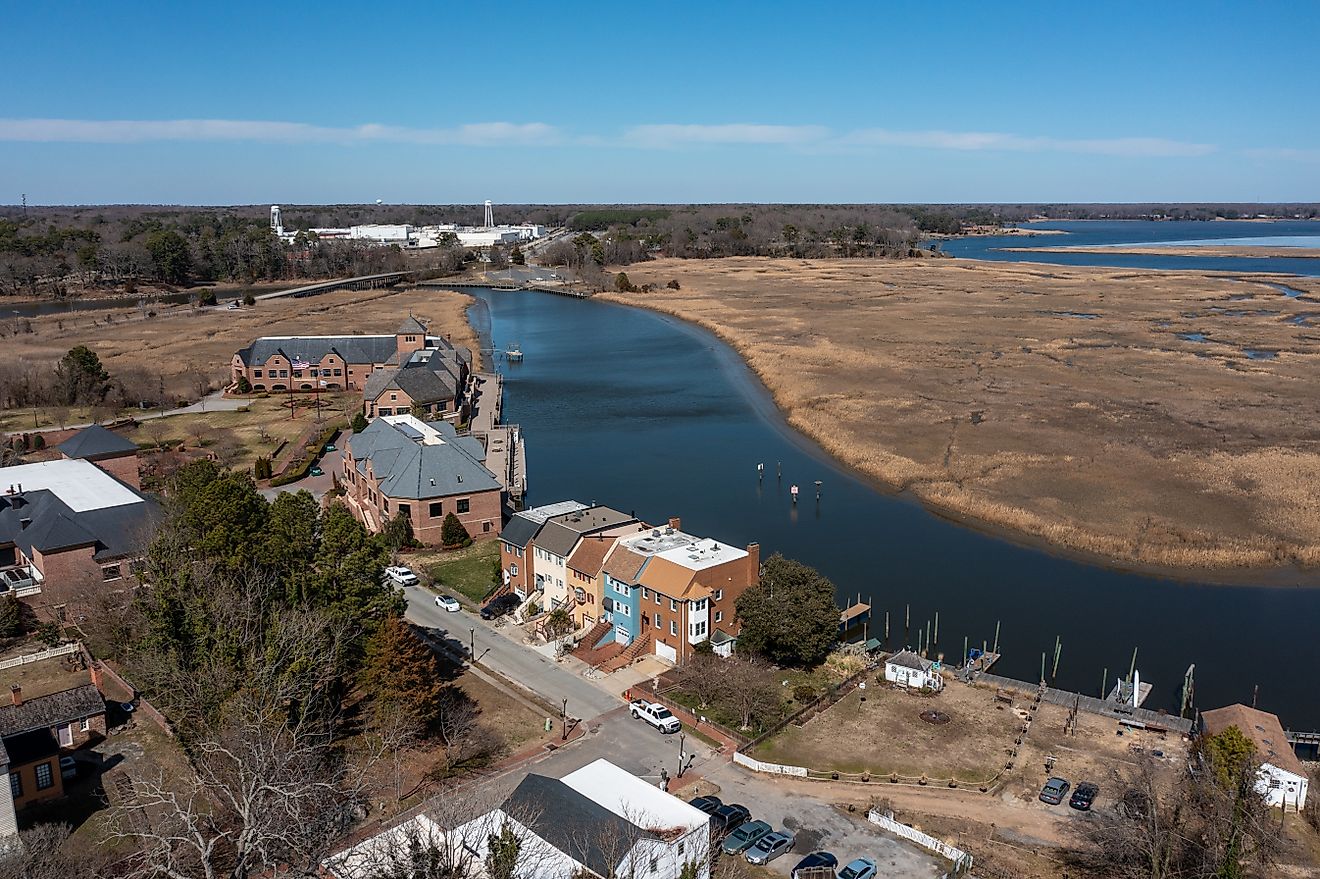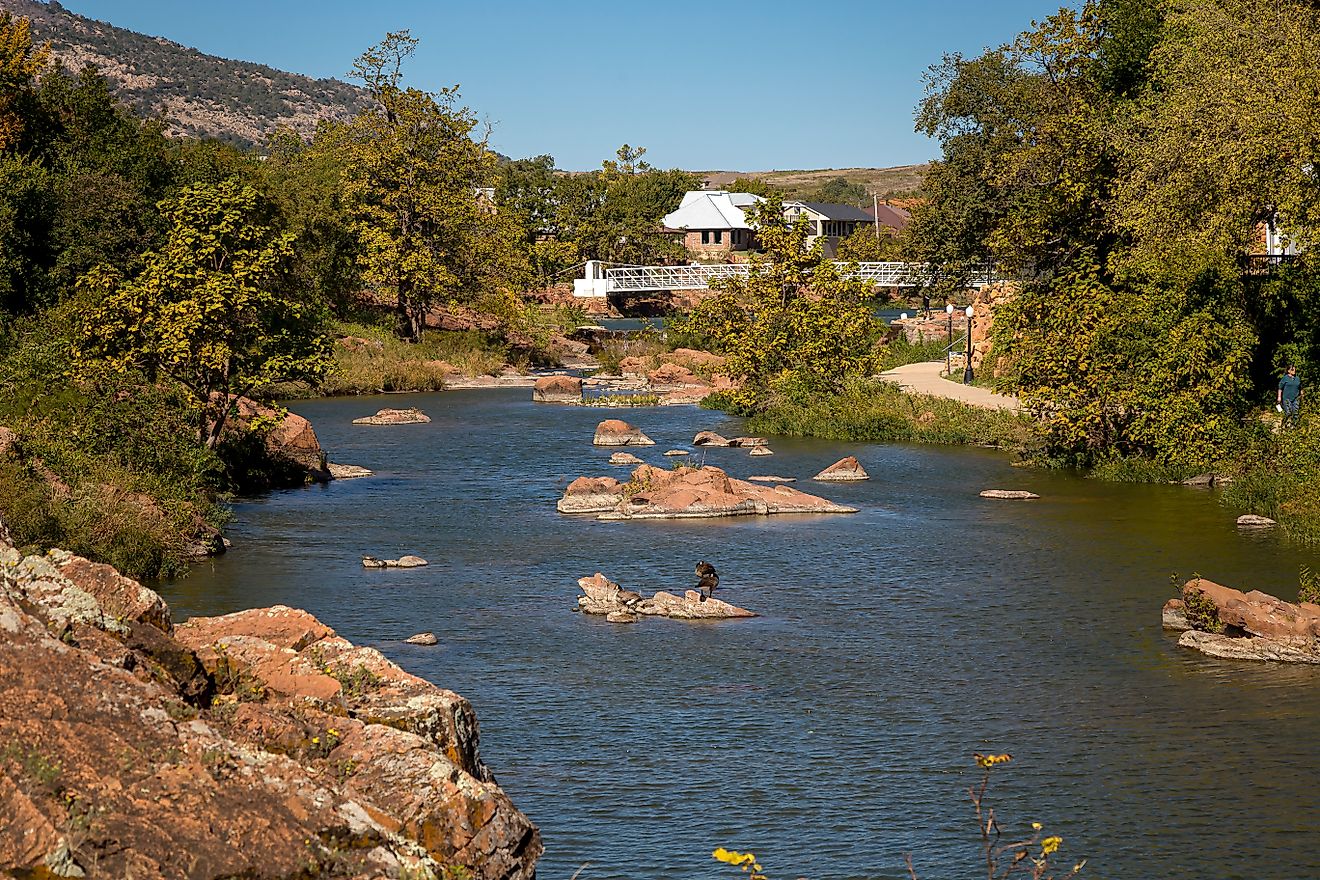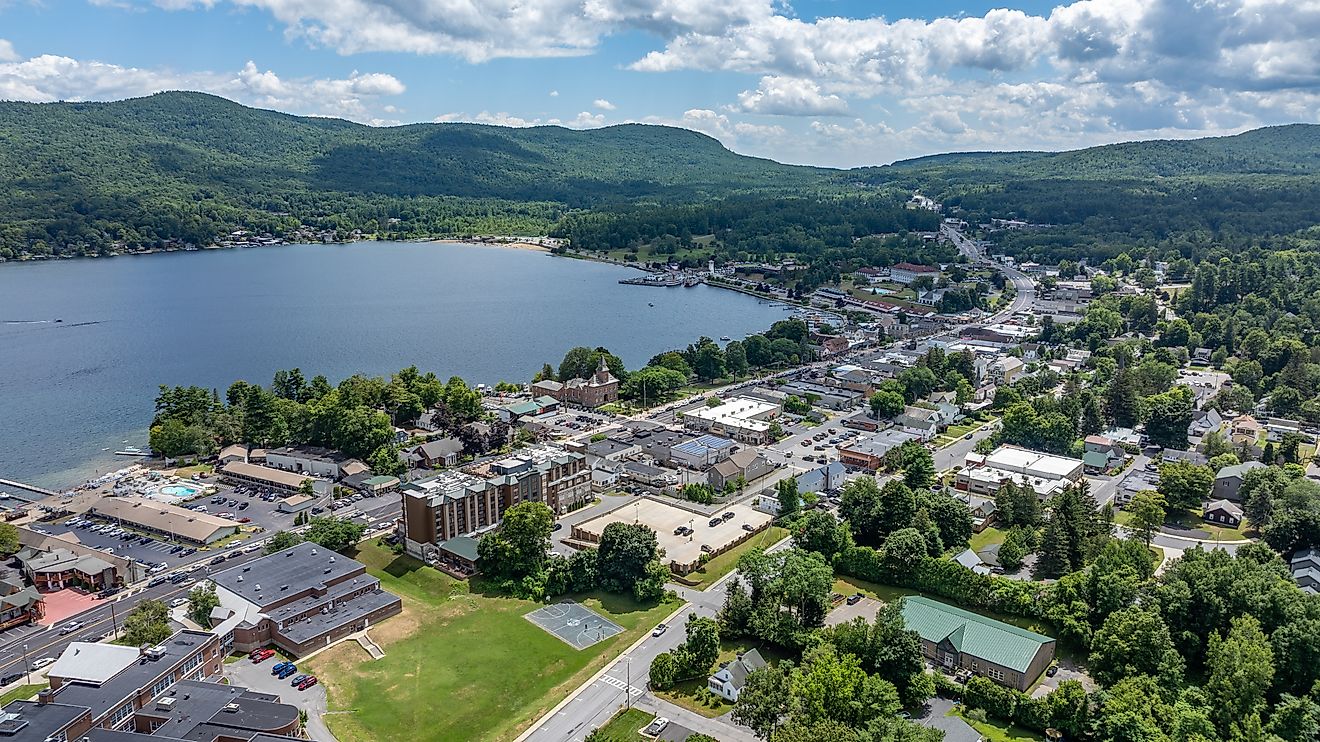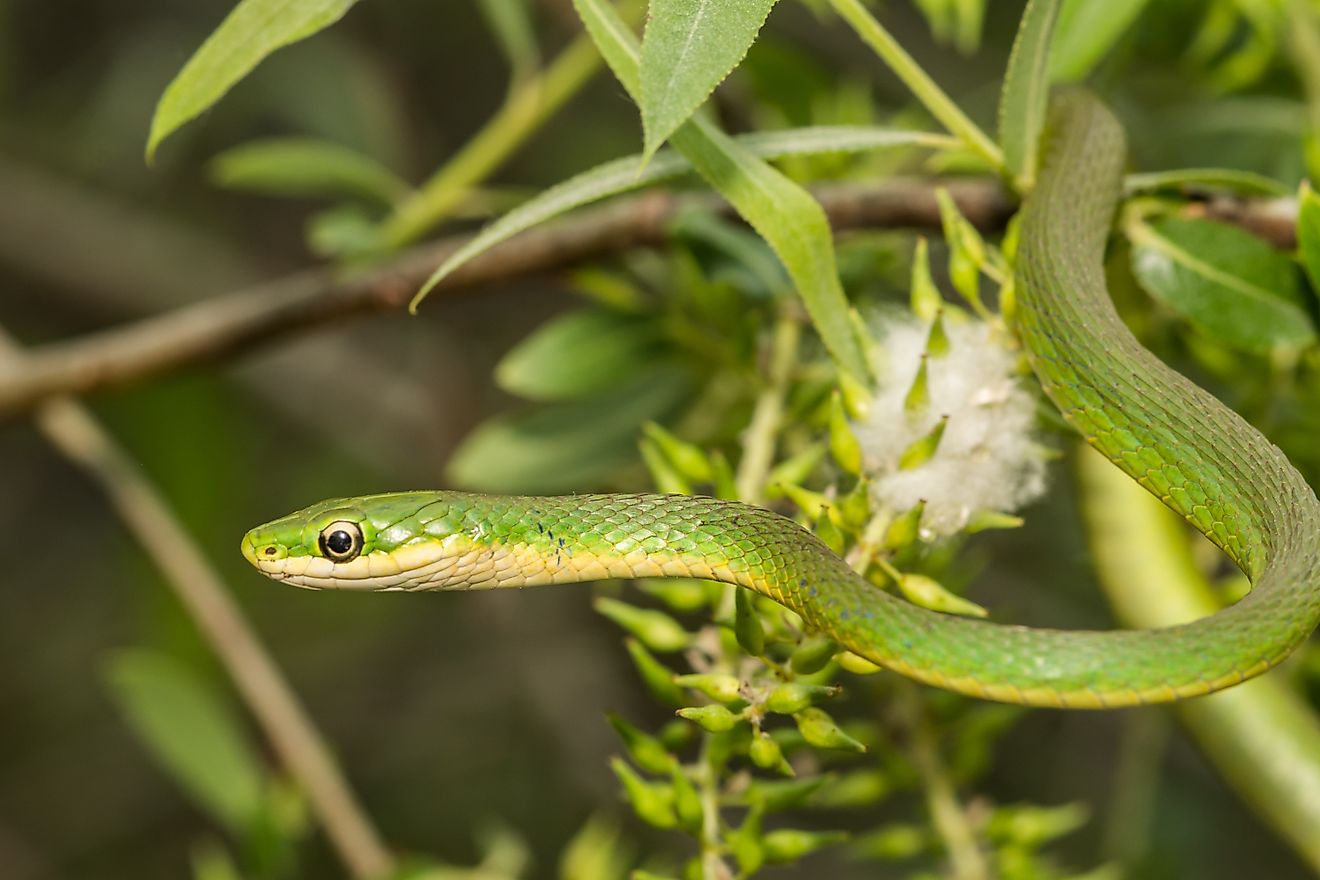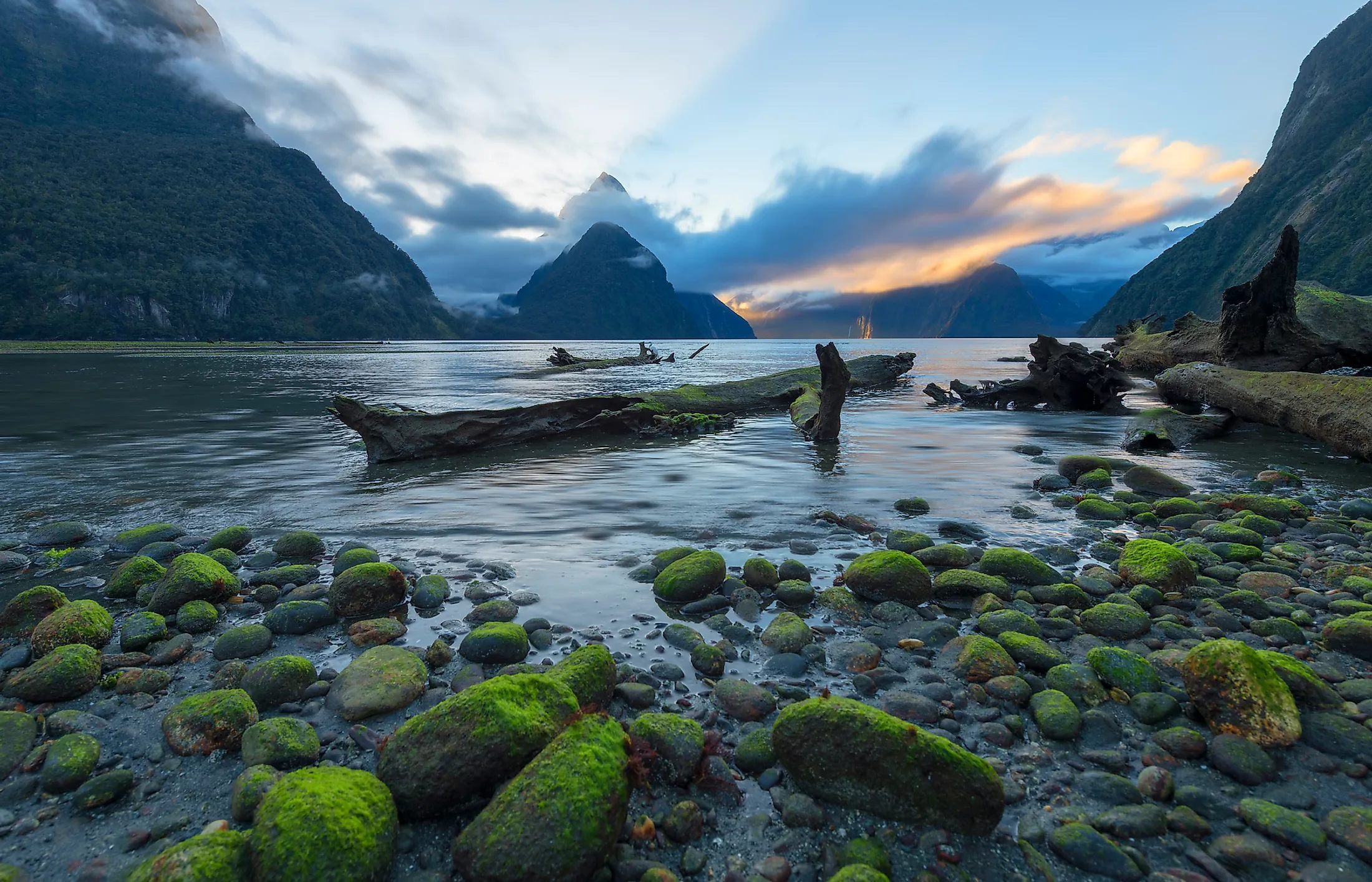
Fiordland National Park, New Zealand
The Fiordland National Park is a 1.2 million-hectare wildlife conservatory composed of mountains, ice carved fiords, forests, lakes, and valleys. The park is located on the South Island of New Zealand and was established in 1952. Tourists already in the country should not miss visiting this place, not only for its enchanting view of the wilderness, but also for the many one-of-a-kind experiences that it offers. New Zealand has over 14 national parks, of which The Fiordland is the largest. If you have ever seen the Lord of the Rings cinematic trilogy, then you have a pretty good idea of the view that you’ll get to enjoy when visiting Fiordland National Park, as this island country was where most of the filming was done.
Wildlife Of Fiordland
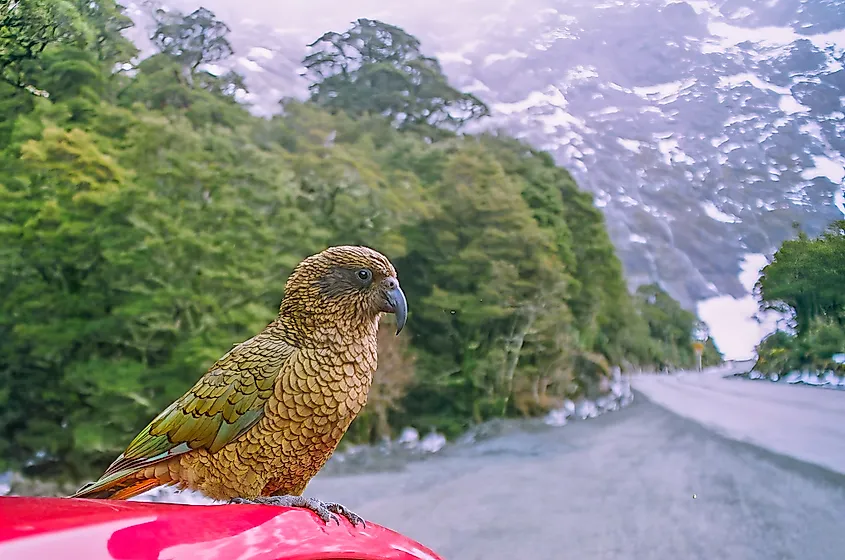
The Fiordland is home to a wide variety of plants and animals, not least of them the kakapo, which also just happens to be the only flightless parrot in the world. Another well known bird residing in this park is the Takahe, which experts used to believe was extinct until 1948, at which time it was found living in the region’s most remote parts. Today, a special section of the park is dedicated to the conservation of this unique bird. The kakapo continues to thrive there along with other captivating animals, such as the Whio (Blue duck), the Western weka, the South Island robin, and the Fiordland tokoeka, as well as numerous species of rats, dolphins, and seals.
Visiting The Park
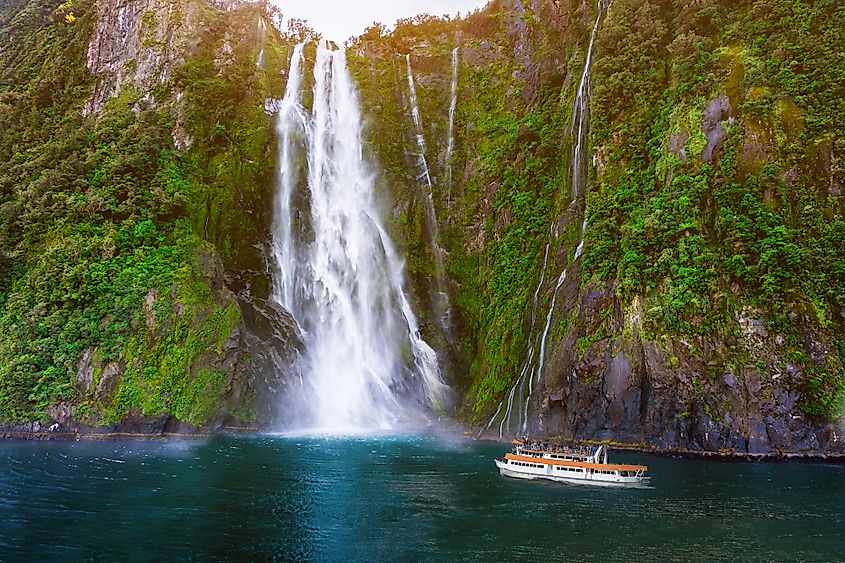
The Fiordland National Park attracts no fewer than 560,000 visitors per year, of which around 80% are foreigners. Despite these numbers, this national park remains largely unexplored, not only because of its remote location, but also because of its immense size. It’s always best to book everything ahead of time when going on a trip, but more so when visiting such remote attractions as the Fiordland. The town closest to this amazing place is Te Anau, and it can become pretty crowded there in the busy summer months (the same as winter in the Northern Hemisphere). Te Anau is accessible by plane, car, and bus, either from Queenstown or Dunedin, or from Invercargill via central Southland routes. Those planning to tour the place will need to prepare for the constant rainfall and weather that changes dramatically from one area to another. During spring, one can expect the possibility of avalanches, especially along the steep mountain ranges.
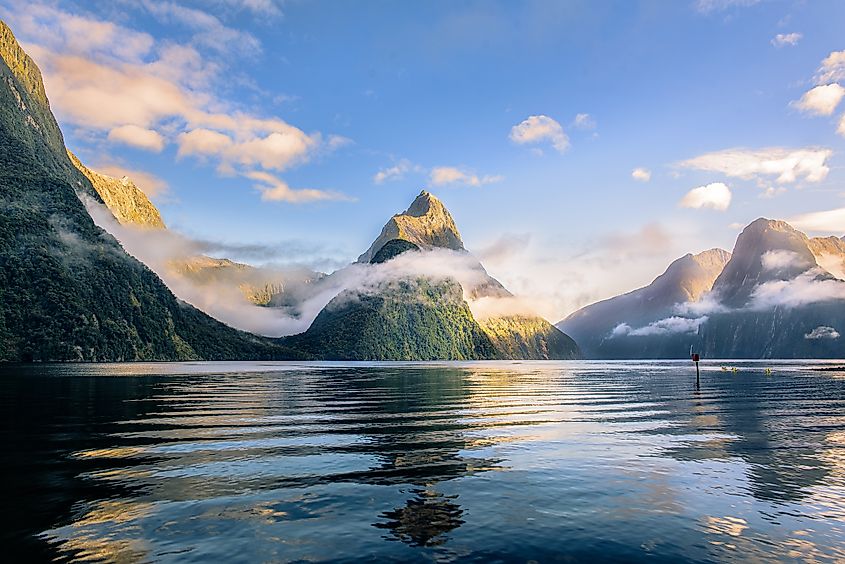
Being a part of Te Wāhipounamu, which itself encompasses four New Zealand National Parks, the Fiordland National Park is currently listed as a World Heritage, due in part to the fact that Firodland is home to such a unique collection of rather rare flora and fauna. Much of its land area has remained unexplored, although the known attractions within the park are more than enough to keep visitors occupied for no less than a week's visit or longer. The Fiordland also offers extraordinary views of sweeping seashores and forested environments. Among its most popular attractions is the Fiordland National Park Milford Sound, since its not only the most accessible, but also the most spectacular looking glacial inlet (fiord). Besides Milford, there is also the Homer Tunnel, Lake Te Anau, and Lake Manapouri to be checked out as well.
Threats To Fiordland's Ecosystems
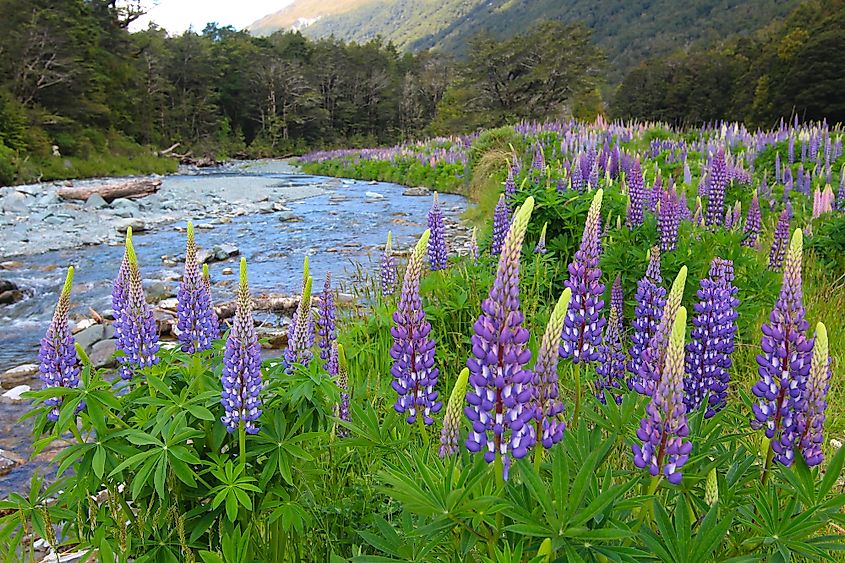
Wildlife conservation is, and always will be, a major issue in The Fiorlands, as it is any other national park for that matter. For this particular region, population control of such destructive pests as the stoat is a huge concern, since this weasel affects the population of many of the park’s rare and unique inhabitants like the whio and the tokoeka through predation. Humans can also have impacts on the ecosystem, such as through poaching, littering, and other thoughtless actions, and as such visitors and locals alike are asked to be responsible as in they partake in recreational activities there. The park's history and environmental integrity are maintained and looked after by the New Zealand Department of Conservation.
